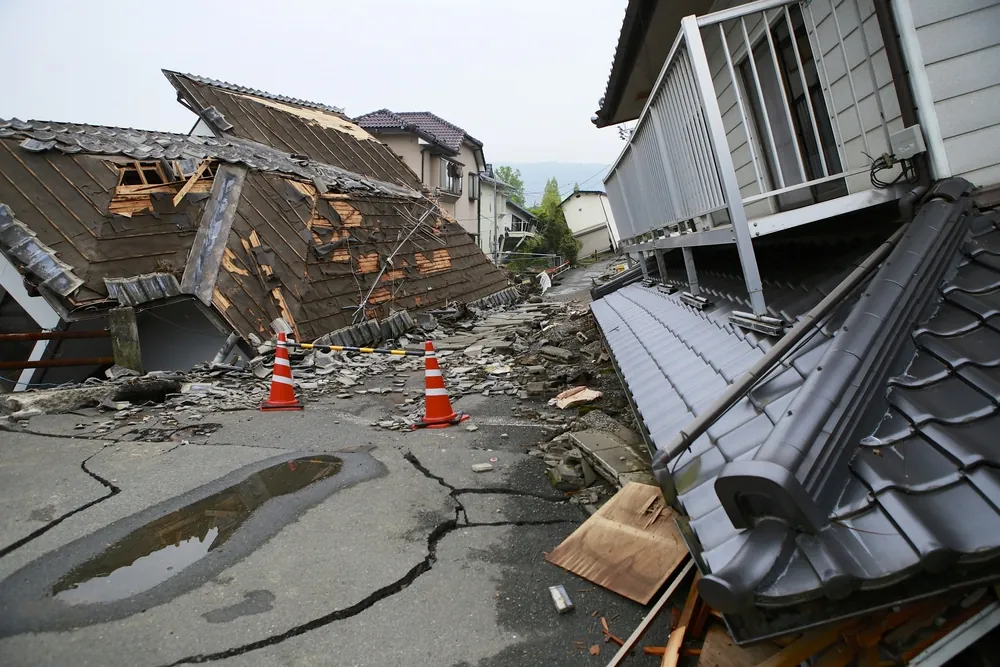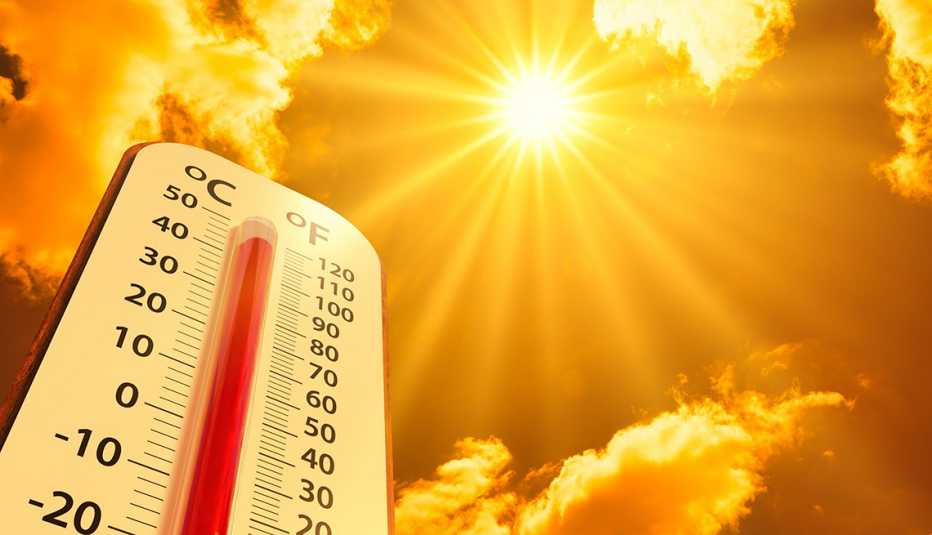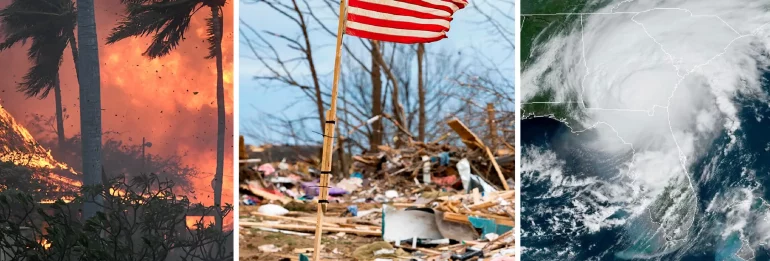Scientists are actively seeking to predict and prepare for possible catastrophic tsunamis and earthquakes that are increasingly occurring on our planet. Last year saw record high temperatures, indicating that extreme heat and weather conditions are becoming commonplace rather than rare. This trend is mainly because of the escalating release of greenhouse gases resulting from the combustion of fossil fuels, leading to global warming and, as a result, more severe climate conditions. According to forecasts, 2024 is likely to bring with it more than one unpleasant climate event, writes CNET.
The United States is experiencing an increase in heat waves, wildfires, and drought conditions and hurricanes. This has a significant impact not only on the environment, but also on society, industry and individuals: last year's extreme weather occurrences led to substantial financial damages. and tragic deaths. As we approach 2024, there is growing anticipation that it could be another record hot year. However, steps are now being taken to strengthen society's resilience to these changes. This includes conserving water resources, strengthening the power grid, and developing infrastructure to counter rising Changes in sea levels and storm surges.
To reduce exposure to extreme weather on an individual level, it is important to ensure your home is prepared for threats such as wildfires and floods, and to recognize the signs of health problems caused by high temperatures. Active preparation can significantly reduce negative impacts on health, property and overall well-being.

Extreme heat: consequences of climate change and the role of climate phenomena
Over the past decades, there has been an increase in average temperatures, reaching a maximum in the entire history of observations. This is indicative of persistent increase in temperatures over time that is projected to continue into the future, leading to further increases in extreme heat. The role of El Niño and other climate phenomena in these temperature changes is undeniable, since their effects manifest themselves over several months or even a year.
Research in attribution science has made substantial progress in establishing a direct connection between extreme weather occurrences and climate change. Research has shown that Climate change not only escalates the probability of such events, but also makes them more intense. Therefore, to overcome this pattern of increasingly severe weather, the root causes of the climate crisis must be addressed.

It is important to recognize that the effects of weather events are felt in different ways. Various factors, such as geographical position, socio-economic status, and demographic factors determine the vulnerability of different social groups. For example, poor people and ethnic minorities often suffer the greatest losses from these events, despite their minimal contribution to greenhouse gas emissions. To mitigate these impacts, recommendations and policies are being developed to ensure that disaster relief does not widen social inequalities.
To prepare for heat and other extreme weather conditions, it is recommended to be aware of the risks and signs of heat-related illness, as well as dress appropriately, stay hydrated, and use community resources such as cooling centers. When it comes to the home, investing in reflective materials, air conditioning and monitoring weather forecasts are all important parts of a proactive approach to adapting to climate change. As the future outlook promises more frequent and intense weather events, understanding, preparing for and adapting to them are key. While the impacts of climate change are felt everywhere, individual and collective efforts to build resilience and mitigate impacts can have a significant impact on the big picture in this new climate reality.

